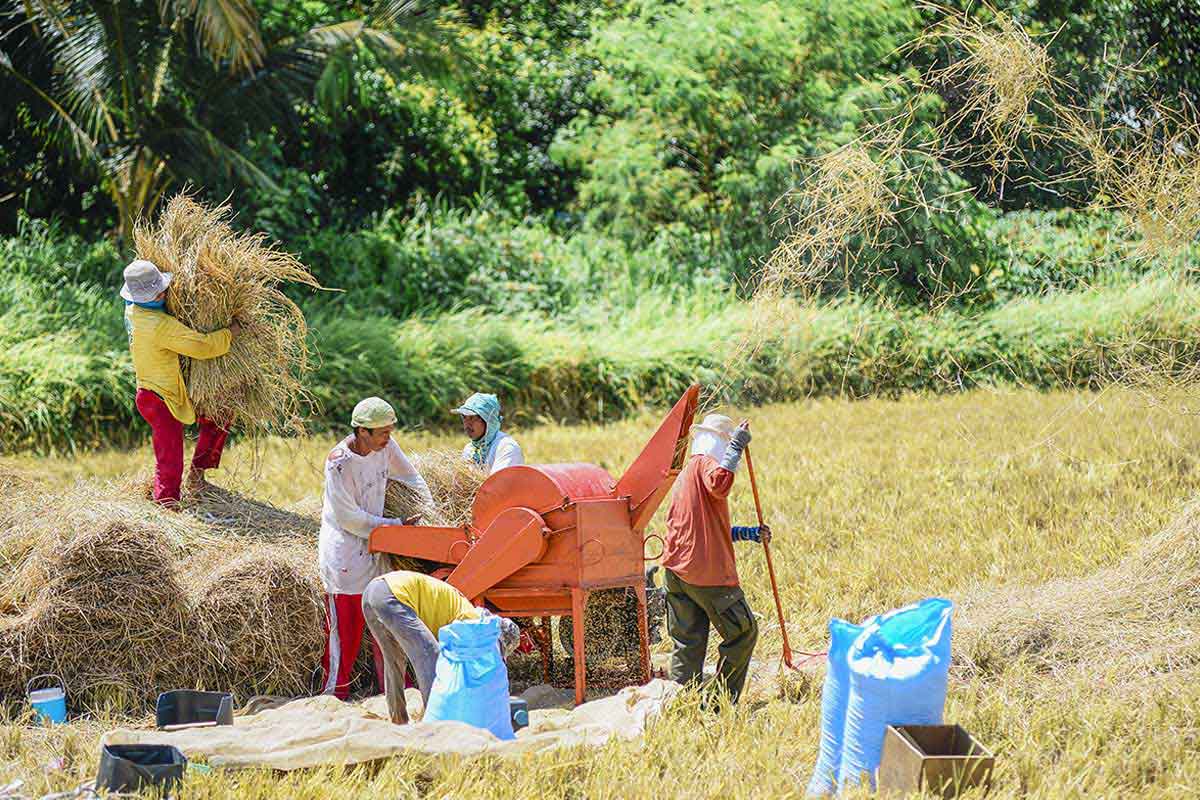
By Francis Allan L. Angelo
The latest data from the Philippine Statistics Authority (PSA) reveals a decline in both corn and palay (unhusked rice) production in Western Visayas for the first quarter of 2024, highlighting challenges faced by the agricultural sector in the region.
Western Visayas’ corn production dropped by 7.5% in the first quarter of 2024, producing 101,658 metric tons compared to 109,876 metric tons in the same period in 2023. The region also experienced a 10.1% decrease in the area harvested, totaling 29,166 hectares this year.
Both white and yellow corn saw declines. White corn production fell by 11.4%, totaling 16,834 metric tons, while yellow corn decreased by 6.7%, producing 84,824 metric tons.
Corn are vital to the poultry and livestock industries as it is the main source of feeds for animals that become processed food.
Palay production in Western Visayas also saw a reduction, decreasing by 2.8% to 648,136 metric tons in the first quarter of 2024, down from 667,021 metric tons in the same period last year. The total area harvested, however, increased by 1.9% to 206,268 hectares.
Irrigated palay production fell by 4.6%, amounting to 306,663 metric tons, while rainfed palay production declined by 1.2%, producing 341,473 metric tons.
Despite the increase in the area harvested, the drop in production indicates challenges in yield and possibly other factors affecting rice farming.
Among the provinces, Iloilo led in both corn and palay production. For corn, Iloilo accounted for 43.5% of the region’s total production, followed by Capiz (27.5%) and Negros Occidental (26.8%). Antique, Aklan, and Guimaras contributed minimally with 1.7%, 0.4%, and 0.2% respectively.
In palay production, Iloilo again topped with 54.4% of the region’s output, followed by Capiz (20.4%), Negros Occidental (10.7%), Antique (8.8%), and Aklan (4.2%). Guimaras had the smallest share at 1.5%.
The decrease in both corn and palay production has significant implications for food security and the local economy. It emphasizes the need for targeted agricultural policies and support systems for farmers to mitigate the effects of these declines.
The trend calls for comprehensive programs to address these challenges, including improved irrigation, access to quality seeds, and farmer training programs.




















